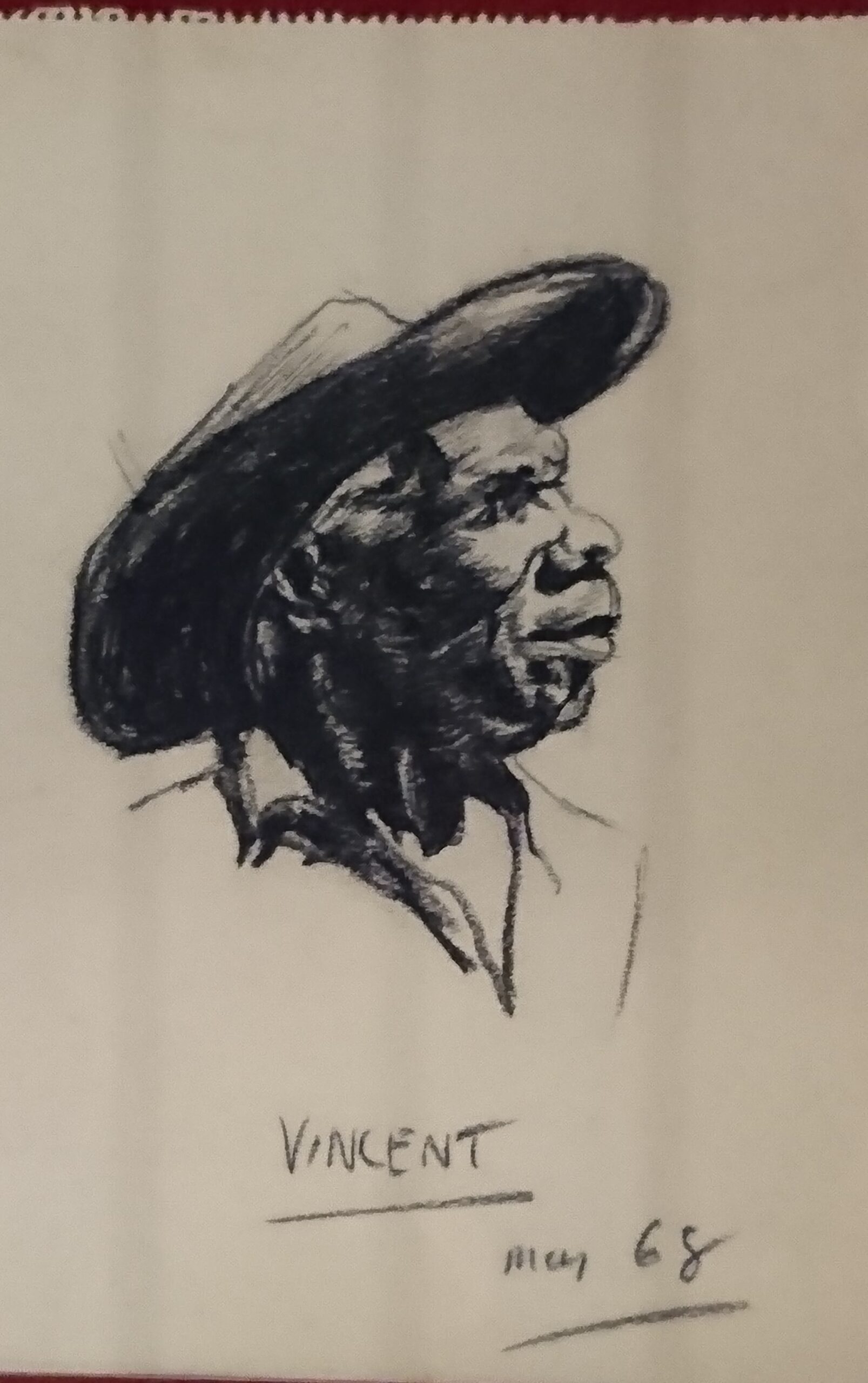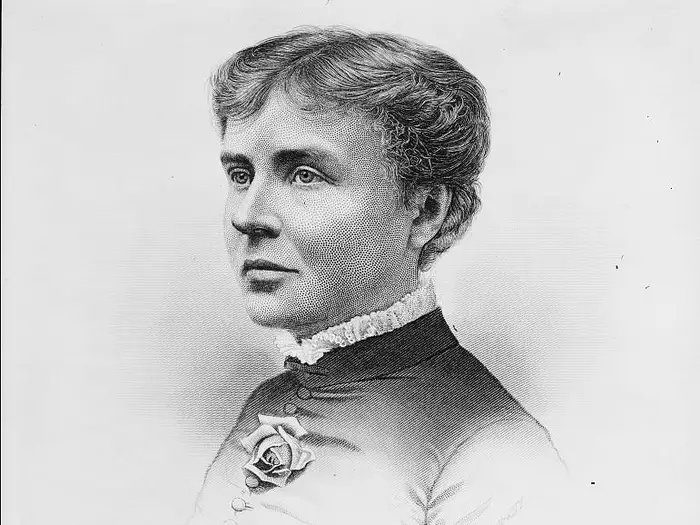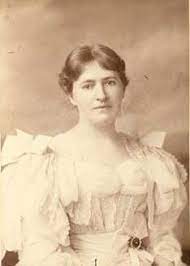
Last week Monday marked the first Seder of Passover. Beautiful things to cook: this bright salmon with potatoes and horseradish-tarragon sauce, bitter herbs salad; crackly-topped, fudgy-centred flourless chocolate cake.
I end on dessert, perhaps khoresh rivas, the savory rhubarb and bean stew. I usually stockpile my rhubarb for sweet stuff (crisp, pie, cake), tender sautéed rhubarb nestled into hearty butter beans simmered with turmeric, parsley and mint. Make it a complete this course with her dill rice, plain yogurt on the side.
Meanwhile, while the Jewish people celebrated the holiest week with a banquet of kosher food as one described above in the NYT, a lone Jewish grandmother had something to say every day on the streets of Boston. Meanwhile famine has gripped the Palestinians in Gaza.
There are two facts that stand out. The Israelis have killed thousands upon thousands of Palestinians in the name of freeing about 150 hostages.
Netanyahu is fighting for survival. For what? His adherents seem little better than those who begat the Holocaust, and the fact that there were Jewish collaborators who participated in that terrible interlude in human history seems lost in this man’s desperate attempt to stay out of gaol.
Now the protests directed against Netanyahu have spread to the American Universities.
 For myself, who was involved in various aspects of Australia’s response to the Vietnam War, it is chilling to see this rerun of the late 1960s on American university campuses. How long will it be before America ends in a Kent State University revival with four students been shot dead by a National Guard, with some image of it being portrayed on social media? You don’t need social media to see the image of the young woman crying over the lifeless body. No memorial for the Unknown Protestor.
For myself, who was involved in various aspects of Australia’s response to the Vietnam War, it is chilling to see this rerun of the late 1960s on American university campuses. How long will it be before America ends in a Kent State University revival with four students been shot dead by a National Guard, with some image of it being portrayed on social media? You don’t need social media to see the image of the young woman crying over the lifeless body. No memorial for the Unknown Protestor.
As I say, there was not then the social media intimacy of witnessing the horrors of violence – children sprayed from American helicopters with napalm; the sight of a Vietnamese army colonel executing an alleged Viet Cong in the street. After all, if you wanted to witness a beheading, remember our Carolingian ancestors just had to go to the centre of London, and for a public beheading with the extra spice, the head was that of a king.
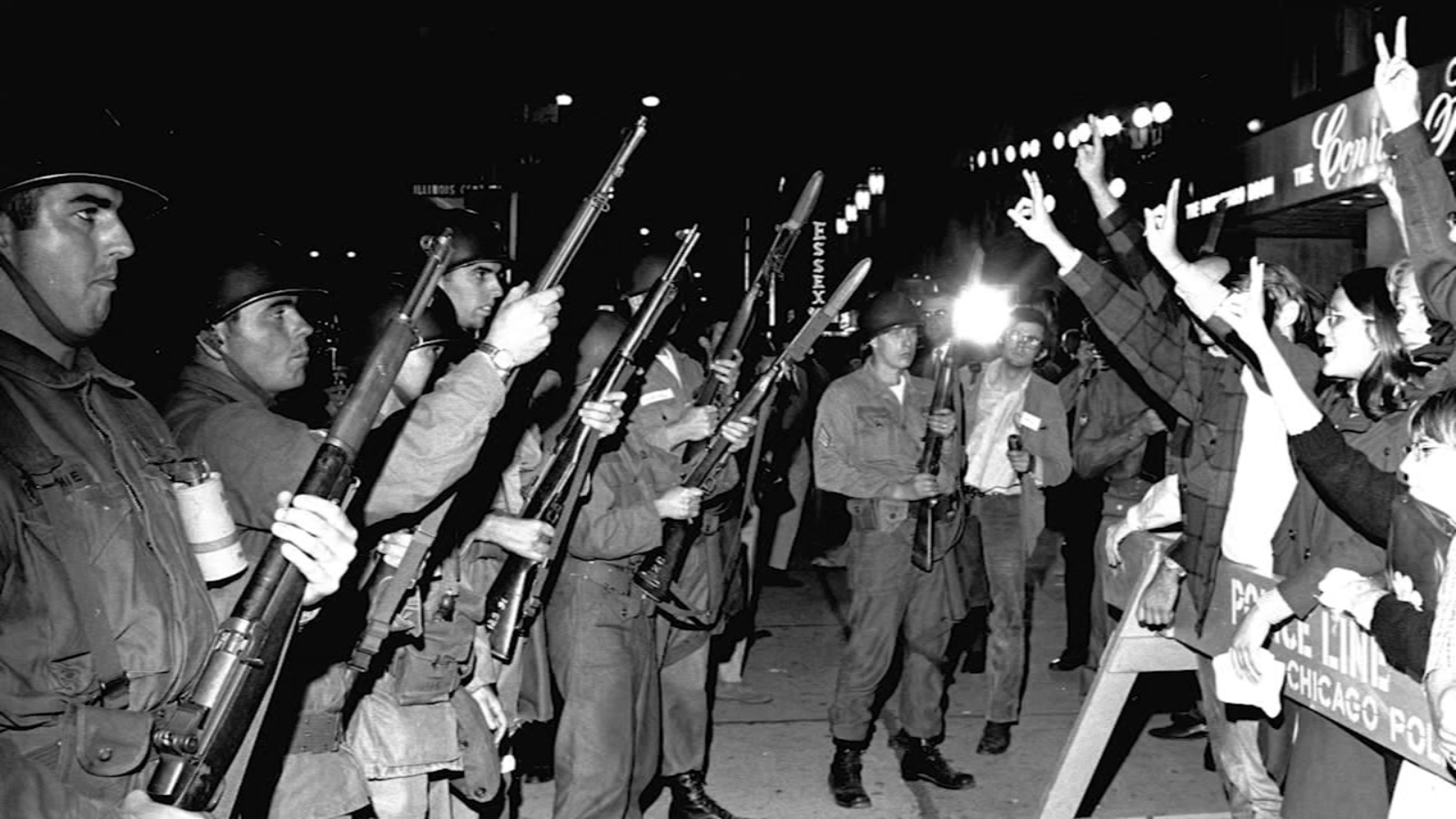
I worked with a journalist colleague who was at the Chicago Democratic Convention in 1968 which ended in the nomination of Hubert Humphries. The convention was held in the shadow of Robert Kennedy’s assassination and President Johnson not standing again. My colleague said he had never been more frightened in his life, and even then, he was a hardened journalist, who had been made so by working with Sydney tabloids in his cadet years from the late 50s.
All in front of you, Mr President, given that Blinken is probably the latter-day Robert McNamara who, decades later, did give a mea culpa for all his poor advice to Lyndon Johnson.
My advice: call the armed uniforms off the campus, let the protests be allowed to proceed, given that the First Amendment gives wide discretion, and do not give the impression of bias in the face of sporadic whining. By the same token, it is important that the defenders of the Palestinians, including those who profess the Christian faith, and the Israelis, have an equal untrammelled voice, stripped of physical violence. Invasion of property, rationalised in that ownership is theft, is the line of division, irrespective of whether it is the office of the University President or that of the Speaker of the House. Vandals are not legitimate Protestors, they are always the work of others who wish to foment civil insurrection.
I’m surprised that those who participated in the anti-Vietnam war protests, many of whom may be in influential positions, have not identified their defence of freedom of speech and the difference between “mob” and “crowd”. Leadership for the people by people of understanding as, for example, Mandela was, is an increasingly rare quality in a world where the Narcissorum Tribus now seem to dominate.
In 1968 the Republican convention was held in Miami, earlier than its Democratic counterpart in August. Richard Nixon was crooked but smart enough to avoid controversy leaving it all to the blunders of the “lame duck” President Johnson to provide the protestors with a target.
Trump’s performance at the Republican Convention in Milwaukee in July, a month before the Democratic Convention in Chicago, will be crucial with the signs of his increasing dementia being hidden by his minders. Trump must be corralled at the Convention without incident, without protests. Thus, being over well before the Democratic Convention, the pressure will be on Biden.
It seems the Democrats are preparing for a war zone already; if this true, then that will be a public relations disaster. The sight of a President thus protected from his electors, especially the young…, if Biden does not resolve the protests before the Chicago Convention in August, he can kiss the Presidency away.
Amsterdam
Arriving in Amsterdam from Australia sometime before six am on a cold October morning is not my idea of Optimal Welcome. Arriving after a mostly sleepless flight through numerous time zones, I went to deposit my bags. First of all, the front door to this modest hotel was locked. Once opened by the night porter-cum-receptionist-cum-concierge, he reinforced something I had already experienced – the Dutch are not much into humour and are very much sticklers for the rules. I could not access my room until 2.00 pm. No exceptions, said in that irritating menacing polite way. I was allowed to leave my bags.
There were hours of blurred tiredness, sitting in a chair in the dark lobby. At least, I was allowed that luxury, and then I dragged myself for coffee and asked for boiled eggs rather than bread and the myriad toppings. Generally, the Dutch have an early breakfast, but just off a plane I had no idea of my internal timepiece reading, but since the clock told me it was breakfast, I complied.
That still left time before I could get into my room. I regretted that I had not booked the room for that night almost gone. I asked the concierge what could I do to occupy myself in the morning rather than just dozing in the chair. He winked at me and said the Red Light district was close by, if I wanted to lie down. “What else?” I said tiredly.

I noticed among the brochures on his desk there was an advertisement for an Exhibition at the Nieuwe Kirk museum. The Exhibition were drawn from the artifacts “de Zwarte Faraos” civilisation – The Black Pharoahs. I had never considered that there were ever Black Pharoahs with their Kingdom on the Nile. Nubia was an Egyptian colony which existed at the intersections of modern Egypt and Sudan. The Nubians were slaves to the Egyptian pharaohs, and for a brief time they rebelled. They usurped their slave masters and ruled the Nile from the Kingdom of Kush as far north as the mouth of the Nile and even extended easterly into Mesopotamia, as it was then called.
Their rule, the 25th dynasty, extended for a comparatively short period between 712BC– 656 BC, before it retreated to the original Kush base in present-day Sudan, where they ruled for a further thousand years until they were overrun by the warriors of Islam. Their pyramids are in a remote part of modern Sudan, called Meroë. Here there are more pyramids than in Egypt, and yet after the Islam invasion, they were left for the sands to cover, forgotten for another thousand years.
The Amsterdam exhibition, previously seen in Munich and Paris, contained many of the treasures which were unearthed with the arrival of the European predators in the nineteenth century. They had to negotiate a perilous situation to get there, given the rise of the Mardi, who convinced his followers – a substantial number of whom were Nubians – that he was the awaited Messiah. The famous painting by George William Joy of General Gordon about to be murdered in Khartoum by the Mardi was the mythical hero death and infuriated The British.
In its reprisal, Kitchener made his reputation in 1898 at the Battle of Omdurman, when he slaughtered the Mardi force armed with mediaeval weapons with machine guns – a somewhat unequal scuffle. (As a portent of future reflex response to British involvement in wars, NSW sent 750 troops to the Sudan, but they saw little fighting, six died, and the rest returned. and I remembered that some of them featured in Anzac Marches when I was very young).
Nevertheless, despite the dangers, there were sufficient archaeologically minded people to uncover the pyramids. Although there had been tomb raiders previously, the site still yielded a host of artifacts.
There was one Italian, in search of gold, who blew the tops off several of the pyramids. Since I saw the Exhibition nearly thirty years ago, the site survives, and it is apparently far enough away from the civil war, which is engulfing the Sudan, not to be damaged further – as yet. Not so fortunate have been some of the artifacts which were lodged in the Museum in Khartoum. I have heard there has been looting; how much I do not know, but there is an international alert for any of the pharaonic treasures should any appear on the market.

I wandered dead tired into this Exhibition, which I expected was just a place to while away the time before I could go and have a sleep. The need to sleep slipped away. The number of these items on display and their majesty, if that is the word, about a historical period of which I had known nothing were “sleep-blowing”, to coin a phrase.
Of course, I knew about the Egyptian pharaohs, museum displays dominated by mummies and representations of the variety of the Ennead – Isis, Osiris, Horus, Amun and Ra being some of the most prominent of these gods.
Then there are the images of the Great Pyramids, the last remaining Seven Wonder of the Ancient World. These pyramids are synonymous with Egypt, achieving notoriety with the whole Tutankhamen discovery and its supposed curse. All very dramatic; images embedded in modern popular culture.
The Exhibition showed me a related civilisation which existed in parallel, which for a brief time merged.
I still have nine postcards, which I bought as a reminder of that morning. There were only two black pharaohs over that period when they dominated the Nile. There is an image of a collection of figures, which resemble a cabinet to the Pharoah, figurines varying from obsidian black to alabaster white in colour, twenty in all, lodged in the Museum of Fine Arts in Boston.
I find bemusing the discussion whether Tutankhamun was a black pharaoh. What does it matter when it was clear that there were the two parallel pharaonic cultures; and moreover, those important pieces lodged in the Khartoum Museum are being looted. Two of the images on my postcards were at that time sourced from that Museum – two out of nine – about 22 per cent. Extrapolated that could mean an irreplaceable loss.
I was very fortunate that morning to be sleepless in Amsterdam. Nevertheless, two pm eventually came and I drifted off lying in an imaginary felucca drifting with the wind down the Nile towards the Kush.
Towards an Orange Sunset – Two Stepping Stones on the Road

Stone 1: WaPo’s Carol Leonnig and Philip Rucker told a story in their book “A Very Stable Genius…” about Trump going to Hawaii and visiting the Arizona Memorial at Pearl Harbor with chief-of-staff John Kelly. As they were walking through the Memorial over the sunken battleship that entombs over one thousand sailors, Trump said to Kelly, “What is this place John? What’s it all about?”
My dad took me to see the Arizona Memorial when I was seven years old. I knew exactly what it was all about. – Everyman Blog USA
Stone 2: Devin Nunes, who Trump put in charge of his social media company for some reason, asked Congress to investigate “unlawful manipulation of DJT {Trump media stock price}.” Unlawful manipulation? Isn’t it entirely possible that the guy who bankrupted three casinos, a steak venture, a tie venture, a board game venture, a vodka venture, a cologne venture, a mattress venture, a cell phone venture, an airline, a travel site, a magazine, and a fake university just can’t make a third-rate social media app work?
To Trump himself? Of course it’s not. Because when he’s losing, he never fails to cry foul play. That’s what he’s doing with all of his court cases, that’s what he did when he was impeached, and that’s what he did when he lost in 2020. – Lincoln Project April 2024
But if you thought it could not get worse…
 Florida Governor Ron DeSantis makes a fencepost look like Mensa material. I’m indebted to The Economist for pointing out how much of a dunce this man is. Apparently, a couple of television crime episodes centred around the supposed fact that one could absorb fentanyl through the skin. Expert opinion said that this was rubbish, no evidence. But the rumours were such that DeSantis made it a felony punishable by incarceration to cause “absorption through the skin of fentanyl leading to “an overdose or serious bodily injury”. As The Economist reports “The law creates a felony assault for something that is scientifically impossible and has never happened”.
Florida Governor Ron DeSantis makes a fencepost look like Mensa material. I’m indebted to The Economist for pointing out how much of a dunce this man is. Apparently, a couple of television crime episodes centred around the supposed fact that one could absorb fentanyl through the skin. Expert opinion said that this was rubbish, no evidence. But the rumours were such that DeSantis made it a felony punishable by incarceration to cause “absorption through the skin of fentanyl leading to “an overdose or serious bodily injury”. As The Economist reports “The law creates a felony assault for something that is scientifically impossible and has never happened”.
Now Florida is the State of the USA where DeSantis has appointed a public health physician to head the Florida State Health Service, who is an anti-vaxxer!
Been converting lead into gold lately, Ron?
The Buck Always Wins
The Sundance Institute announced that it has begun exploring potential new host cities for the annual Sundance Film Festival beginning in 2027, signalling a breakaway from Park City, Utah.
The 2025 and 2026 festivals will remain in Park City, which has played host since 1981. The current contract with Park City expires in 2027, which has led the Institute to reconsider where it plans to host the festival.
Sundance is important for Utah, which typically is not a destination for Hollywood’s rich and famous unless they’re hitting the slopes. Residents of Park City, as well as film enthusiasts from out of town, try to catch a glimpse of celebrities or see films with Oscar buzz before they are released widely…
…Sundance, which saw more than 17,000 entries from 153 countries for its 2024 festival, declined to comment on why it’s considering a move or whether potential new hosts have already applied. The Institute outlined its selection process, which includes multiple stages before selection. The committee, which includes Robert Redford’s daughter Amy Redford, will make the final decision on a potential new host city.
“To be clear, this does not mean that we are moving or have made a decision to move,” a Sundance spokesperson said. “This includes Utah, given the Festival’s long-standing relationship, and we absolutely encourage them to be a part of this process with us.”
Early on I always had Sundance on my bucket list, this film festival conceived by Robert Redford in the late 1970’s being held in the Utah mountain settlement in October. Well, I did have the opportunity in the early 1980s, but unfortunately, I did not go to America until November of that year and went to Taos for my cultural “hit” instead.
Park City is a Utah community, over 2,000m above sea level, once a settlement for silver mining and now a ski resort. The community itself has been reported as irritated by the yearly invasion by the “Celebrity Air Force”. To wit, Park City denizens have other gripes about the festival including awful traffic conditions, and the arrival of cocky industry people from New York City and Los Angeles who they mock as the “PIBs” (“People in Black”). Yet when everything is considered, this small ski resort close to Salt Lake City brings in a substantial income to the Beehive state coffers. Thus, grin and bear the irritation.

Like so many festivals, the popularity has waned so that despite the healthy number of entrants, Sundance is losing money. There is nothing which concentrates the mind more than losing money, despite the image of Redfordian altruism. But Redford is 87, and that original genius has stepped back to leave his daughter Amy, one of his two surviving children, to run the festival, as indicated in the curated media release.
Also, the Festival which introduced, among others, the highest grossing British movie “Four Weddings and a Funeral”, now has increased competition from streaming platforms which are snaffling films which may once have been screened at Sundance.
However, I would suggest that if the Redford connection is broken, so much the identity of Sundance, a name derived from his heroic romp with Paul Newman as the eponymous Kid to Newman’s Butch Cassidy, will be lost.
Lose the magic of the name; lose the Festival. Could anybody change the name to Sundance’s Daughter – who knows? And what about the Festival’s bottom line?
Concussion
I had my most severe concussion playing Australian Rules football in a house match when I was about 14. One moment, I remember bending to pick up the ball and the next I woke up in the school’s sick bay. Subsequently, I had a few bouts of being concussed, but after the age of 18 years I scarcely played football. I was not good enough and had a medical career to pursue. That was the same with most of the best players since footballers were not professionals with large contracts. In my day, there was not the lure of a life of professional football starting at the age of 18 years, where the demands of the training increasingly excluded anything else during those playing years.
Thus, modern day footballers have the incentive to play for as long as they can, so different from that of my generation. For instance, Brian Roet at the height of his playing career went off to undertake post-graduate medical training, coming back three years later for a few further games for Melbourne, and then he permanently retired.
In his prime, he was a champion centre half back in the 1964 premiership side, playing alongside the likes of Ron Barassi. Barassi played from 1953 to 1969. Barassi ended up with progressive dementia over the last ten years of his life. Dr Brian Roet is still professionally active in the UK when last reported. Barassi played 254 games over 17 years; Brian Roet only 88 games sporadically. These are selective statistics, but…
It is strange that over the years, the Australian football industry has become obsessed with players who are repeatedly concussed, yet the game demands more and more speed, all of which would conspire for a greater number of injuries, including the head. Spectators demand this speed and the aggression to go with it.
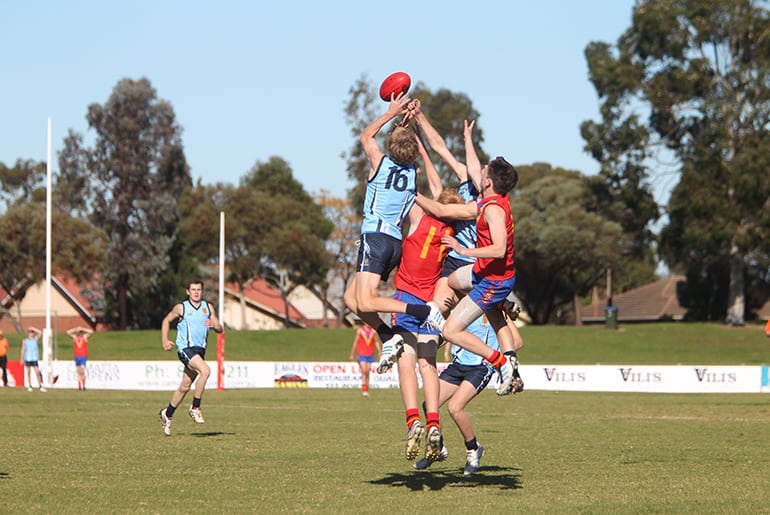 At the same time, coaches have developed the skills of spoiling, so that a footballer going to mark the ball has a flurry of arms, fists, elbows to negotiate – literally a tree of man. Inevitably the head becomes an unintentional target, when you are vulnerable with arms extended, and someone attempting to fist the ball away, instead strikes the vulnerable head. The game being so fast is impossible to umpire the myriad infringements. Four umpires are meant to modify the violent aspects. They seem incapable, because of the speed of the game. Free kicks become arbitrary, rather than limit the inherent violence of the game, especially when a tangle of players occurs.
At the same time, coaches have developed the skills of spoiling, so that a footballer going to mark the ball has a flurry of arms, fists, elbows to negotiate – literally a tree of man. Inevitably the head becomes an unintentional target, when you are vulnerable with arms extended, and someone attempting to fist the ball away, instead strikes the vulnerable head. The game being so fast is impossible to umpire the myriad infringements. Four umpires are meant to modify the violent aspects. They seem incapable, because of the speed of the game. Free kicks become arbitrary, rather than limit the inherent violence of the game, especially when a tangle of players occurs.
Thus, with the better players having a full-time career in this game, this situation of a vulnerable head as described can repeat itself over fifteen years, 23 games each year unless the footballer is not otherwise injured.
I played in an era where there were eighteen players, with a 19th and a 20th man there as replacements; once on the field they could not be replaced. And if a third player was injured, too bad – if he could stand, just leave him in the forward pocket. The game was slower; I was once reprimanded for handballing rather than kicking. Infringements were more clearly defined yet did not prevent concussion and nobody counted every knock to the head as a cumulative contributing factor.
One of the other causes of longevity in football, apart from the money and the professional nature of the sport, has been the advance in orthopaedic procedures, which have extended the careers of many footballers.
This concern for concussion is strange in a world which tolerates women boxing in the name of some misguided gender equality, the popularity of cage fighting for both men and women, and even the tolerance of horses being whipped repeatedly in what laughingly is termed “sport”.
That there is this exaggerated concern for concussion, where the “ambulance-chasing” lawyers are panting for the pot of gold for which the Australian Football League fears it will be liable. The actual footballer on the road to dementia is just the currency.
Mouse Whisper
She was watching TV when that mathematical genius, the current Head of the Federal Police said that “you will see that hundred percent increase on zero”.
As she opined, “the more the braid, the less the brain.”
Something in that. My cousin Noughty used the same formula and wondered why he never had any pinkies when he was exhorted to go out and multiply.
Anyway, don’t have that genius define a logarithm. He’ll probably produce a pair of clapsticks.
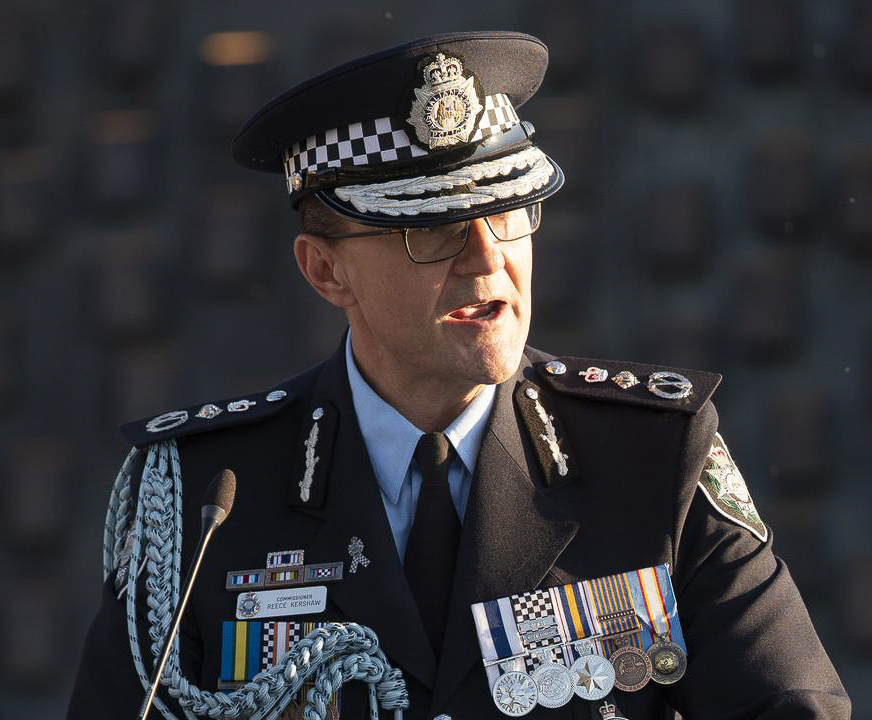


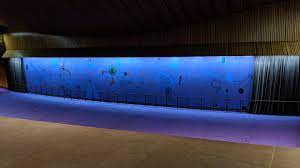
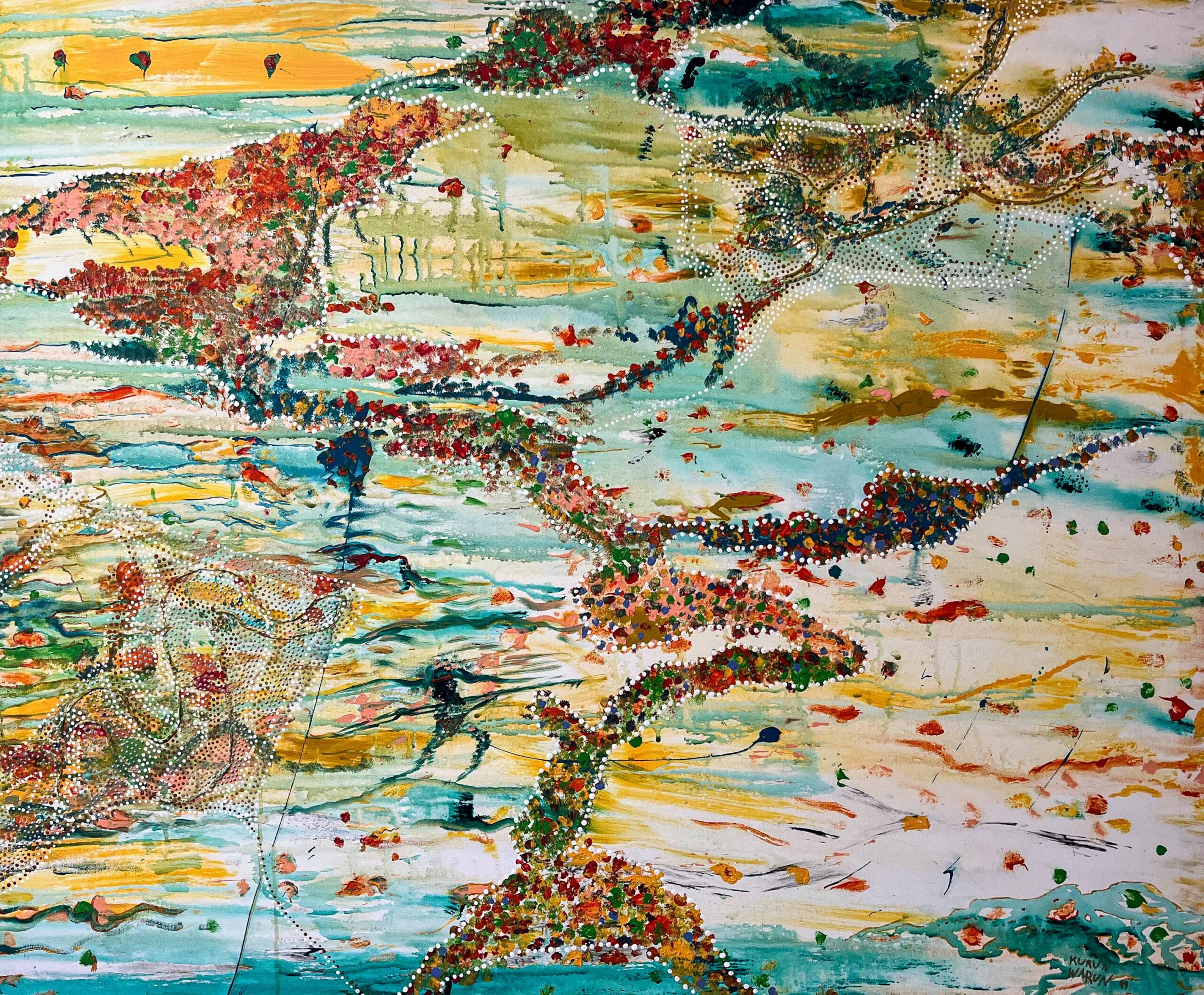
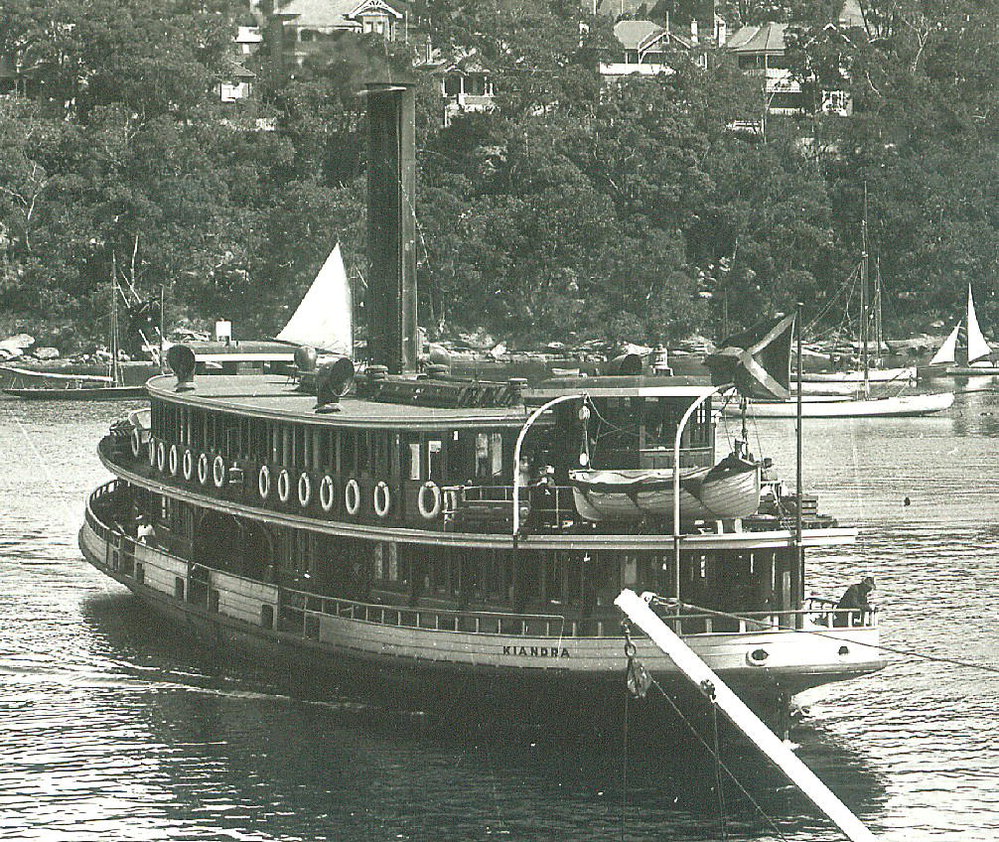
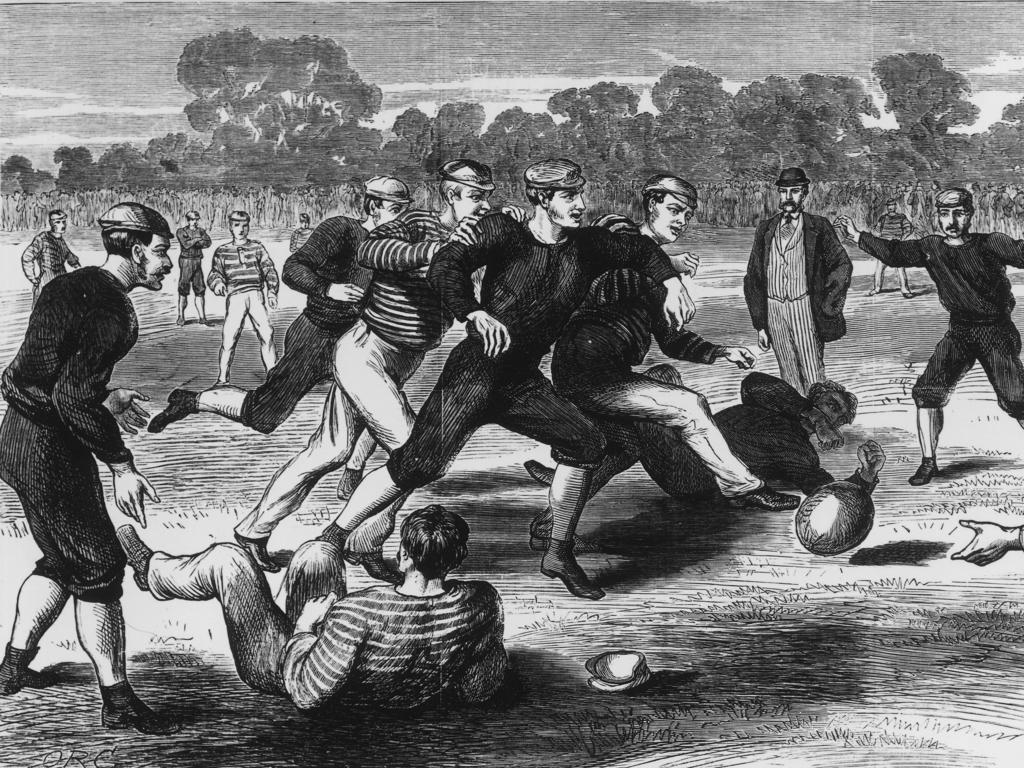
 Leeser, whose stance will help him keep his once-safe northern Sydney seat of Berowra from the teals, is likely to join other high-profile backbench colleagues such as Andrew Bragg and Bridget Archer when the official “Liberals for Yes” campaign begins.
Leeser, whose stance will help him keep his once-safe northern Sydney seat of Berowra from the teals, is likely to join other high-profile backbench colleagues such as Andrew Bragg and Bridget Archer when the official “Liberals for Yes” campaign begins.